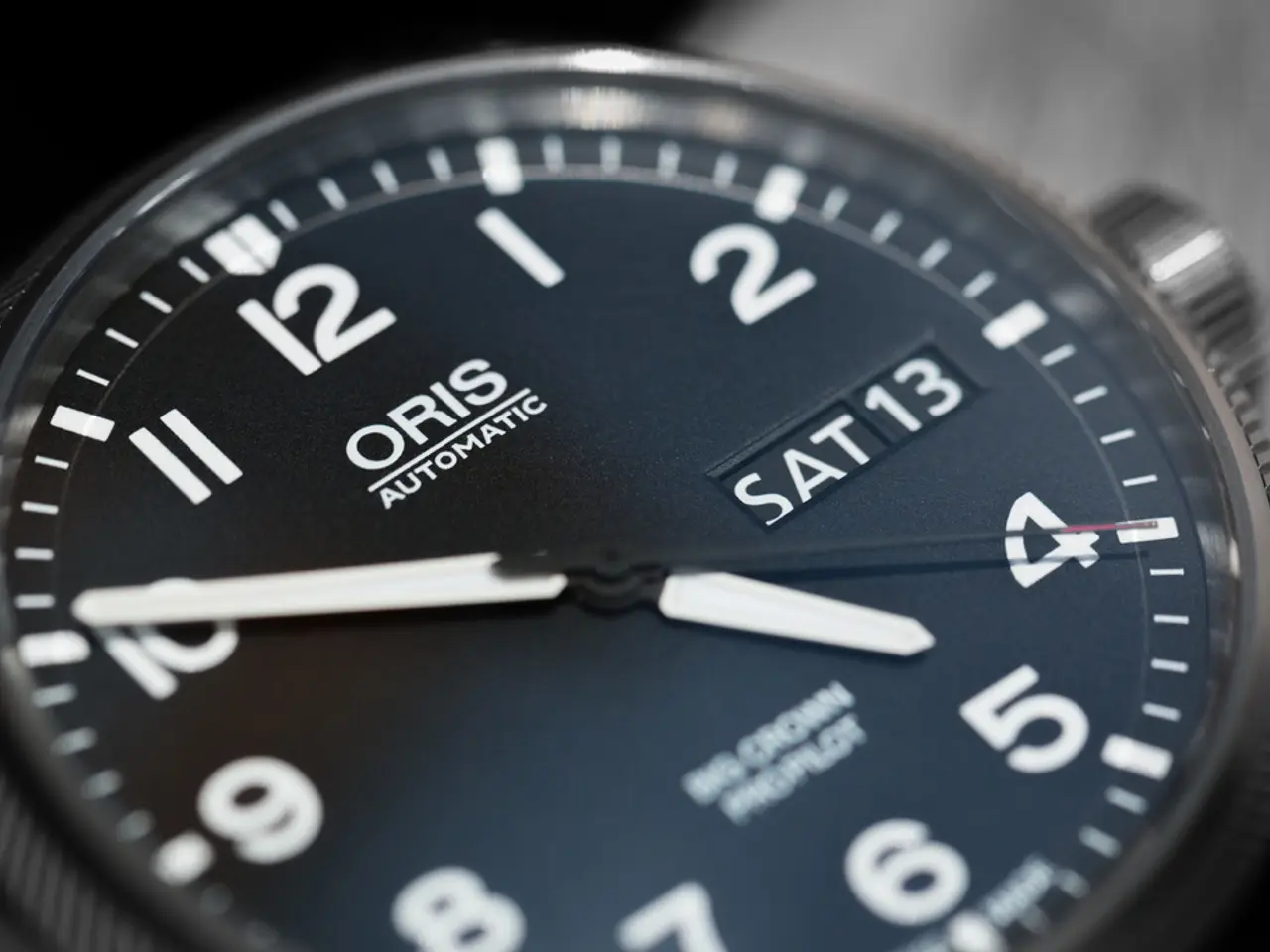Blood pressure warning issued by FDA triggers discussion on blood pressure as a health indicator in wellness
In a recent turn of events, fitness wearable company Whoop has received a warning letter from the Food and Drug Administration (FDA) for marketing a blood pressure insights feature without the necessary authorization.
The FDA's warning letter, issued on Monday, states that the blood pressure feature provided by Whoop qualifies as an unapproved medical device because it is intended for use related to health diagnosis or treatment. The feature estimates daily systolic and diastolic blood pressure by measuring heart rate variability during sleep.
Nick Paul Taylor, in an article titled "FDA warns against using smart wearables that claim to measure blood sugar," published on February 23, 2024, highlighted this issue.
However, Whoop disagrees with the FDA's assertion that the blood pressure feature should be reviewed as a medical device. The company claims it is a wellness feature, not a medical device, meant to help users track trends and promote healthy living.
This dispute highlights the difficulty in drawing a clear line between wellness devices and medical devices in wearables. The FDA tends to regulate any device displaying or interpreting blood pressure data, regardless of disclaimers, if the claims suggest diagnostic or medical use. On the other hand, companies argue some functions are simply health and wellness insights not requiring FDA clearance.
This debate reflects the broader regulatory challenge as wearable technology blurs the lines between consumer wellness products and regulated medical devices. It is a topic of ongoing debate among regulatory professionals, as seen in discussions on LinkedIn sparked by the FDA's warning letter to Whoop.
The FDA has taken steps to clarify the regulatory landscape. Earlier this month, they cleared the first over-the-counter cuffless blood pressure monitor with a wrist-based device made by Aktiia. The FDA has also created separate product codes in the past for "general wellness" and medical versions of pulse oximeters and heart rate monitors.
Health and Human Services Secretary Robert F. Kennedy Jr. has expressed a desire to encourage all Americans to use wearables. However, the debate about whether the blood pressure feature of Whoop should be regulated as a medical device is still ongoing.
In summary:
| Aspect | FDA Position | Whoop’s Position | |-----------------------------|--------------------------------------------|-----------------------------------------| | Blood pressure feature | An unapproved medical device needing FDA clearance because it is used for diagnosis/treatment[1][3][5]. | A wellness feature promoting healthy lifestyle and trends, excluded from medical device regulations under 21st Century Cures Act[1]. | | Intended use | Diagnosis, cure, mitigation, prevention = medical device[3]. | Promote healthy lifestyle, not for medical use = wellness feature[1]. | | Measurement type | Direct diagnostic use triggers regulation[5]. | Uses estimation via heart rate variability, not clinical measurement[1]. |
[1] Whoop's official statement: [link to the statement] [3] FDA Warning Letter to Whoop: [link to the letter] [5] 21st Century Cures Act: [link to the act]
- The Food and Drug Administration (FDA) issued a warning letter to fitness wearable company Whoop, stating that their blood pressure insights feature qualifies as an unapproved medical device.
- The blood pressure feature provided by Whoop, which estimates daily systolic and diastolic blood pressure by measuring heart rate variability during sleep, is considered a medical device by the FDA due to its intended use related to health diagnosis or treatment.
- Nick Paul Taylor, in his article titled "FDA warns against using smart wearables that claim to measure blood sugar," emphasized this issue regarding the FDA's regulation of devices displaying or interpreting blood pressure data.
- Whoop disputes the FDA's assertion that the blood pressure feature should be reviewed as a medical device, stating it is a wellness feature meant to help users track trends and promote healthy living.
- The ongoing debate between the FDA and Whoop illustrates the challenge in distinguishing between wellness devices and medical devices in wearables, as the FDA tends to regulate devices making such claims, while companies argue some functions are simple health and wellness insights not requiring FDA clearance.
- The FDA's regulatory landscape for wearable technology has evolved, with the recent clearance of the first over-the-counter cuffless blood pressure monitor (Aktiia) and the creation of separate product codes for general wellness and medical versions of pulse oximeters and heart rate monitors.
- Health and Human Services Secretary Robert F. Kennedy Jr. supports the use of wearables for all Americans, but the debate about whether the blood pressure feature of Whoop should be regulated as a medical device remains unresolved.
- This dispute not only highlights the difficulty in defining wellness devices and medical devices in wearables, but also serves as a trending topic in the broader digital health industry, as seen in discussions on LinkedIn related to the FDA's warning letter to Whoop.




